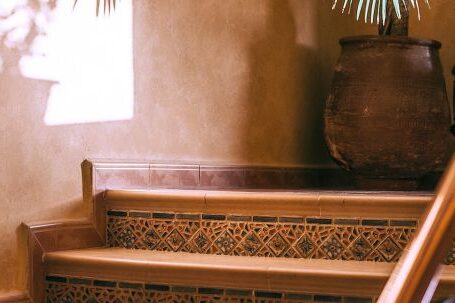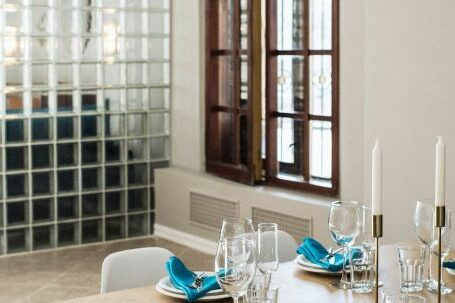Artisanal elements have long been celebrated for their unique craftsmanship and attention to detail. From hand-carved woodwork to intricately painted tiles, these elements have the ability to add a touch of warmth and character to any space. In recent years, there has been a growing trend in modern architecture to incorporate these artisanal elements into contemporary designs. This article will explore the ways in which architects are embracing this trend and how it is reshaping the world of modern architecture.
Preserving Cultural Heritage
One of the primary motivations behind incorporating artisanal elements in modern architecture is the desire to preserve cultural heritage. Many traditional crafts and techniques have been passed down through generations, and by incorporating them into modern designs, architects are able to pay homage to the past while creating something new and exciting. This not only adds a sense of history and authenticity to a space but also helps to keep these crafts alive for future generations.
Blending Old and New
Incorporating artisanal elements in modern architecture is also a way to create a harmonious blend of old and new. By seamlessly combining traditional crafts with contemporary designs, architects are able to create spaces that feel both familiar and innovative. This juxtaposition of styles adds depth and richness to a space, creating a unique and captivating atmosphere.
Enhancing Aesthetic Appeal
Artisanal elements have a timeless beauty that can greatly enhance the aesthetic appeal of a building. Whether it’s a hand-painted mural or a hand-carved wooden door, these elements have a level of detail and artistry that cannot be replicated by machines. By incorporating these elements into modern designs, architects are able to create visually stunning spaces that leave a lasting impression on those who experience them.
Creating a Sense of Place
Incorporating artisanal elements in modern architecture can also help to create a sense of place. By utilizing materials and techniques that are indigenous to a particular region, architects can design buildings that reflect the local culture and environment. This creates a connection between the building and its surroundings, making it feel like an integral part of the landscape.
Sustainability and Ethical Considerations
In addition to aesthetic considerations, incorporating artisanal elements in modern architecture can also have sustainability and ethical benefits. Many traditional crafts are created using natural, locally sourced materials, which can help to reduce the carbon footprint of a building. Furthermore, by supporting local artisans and craftsmen, architects are able to contribute to the local economy and help preserve traditional skills and knowledge.
Conclusion: Embracing Tradition in a Modern World
Incorporating artisanal elements in modern architecture is a way to embrace tradition in a rapidly changing world. By blending old and new, preserving cultural heritage, and creating visually stunning spaces, architects are able to create buildings that are not only functional but also deeply meaningful. This trend not only adds beauty and character to our built environment but also helps to create a sense of place and preserve traditional crafts for future generations to enjoy. As we continue to evolve and innovate in the world of architecture, it is comforting to know that we can still find inspiration in the timeless craftsmanship of the past.





